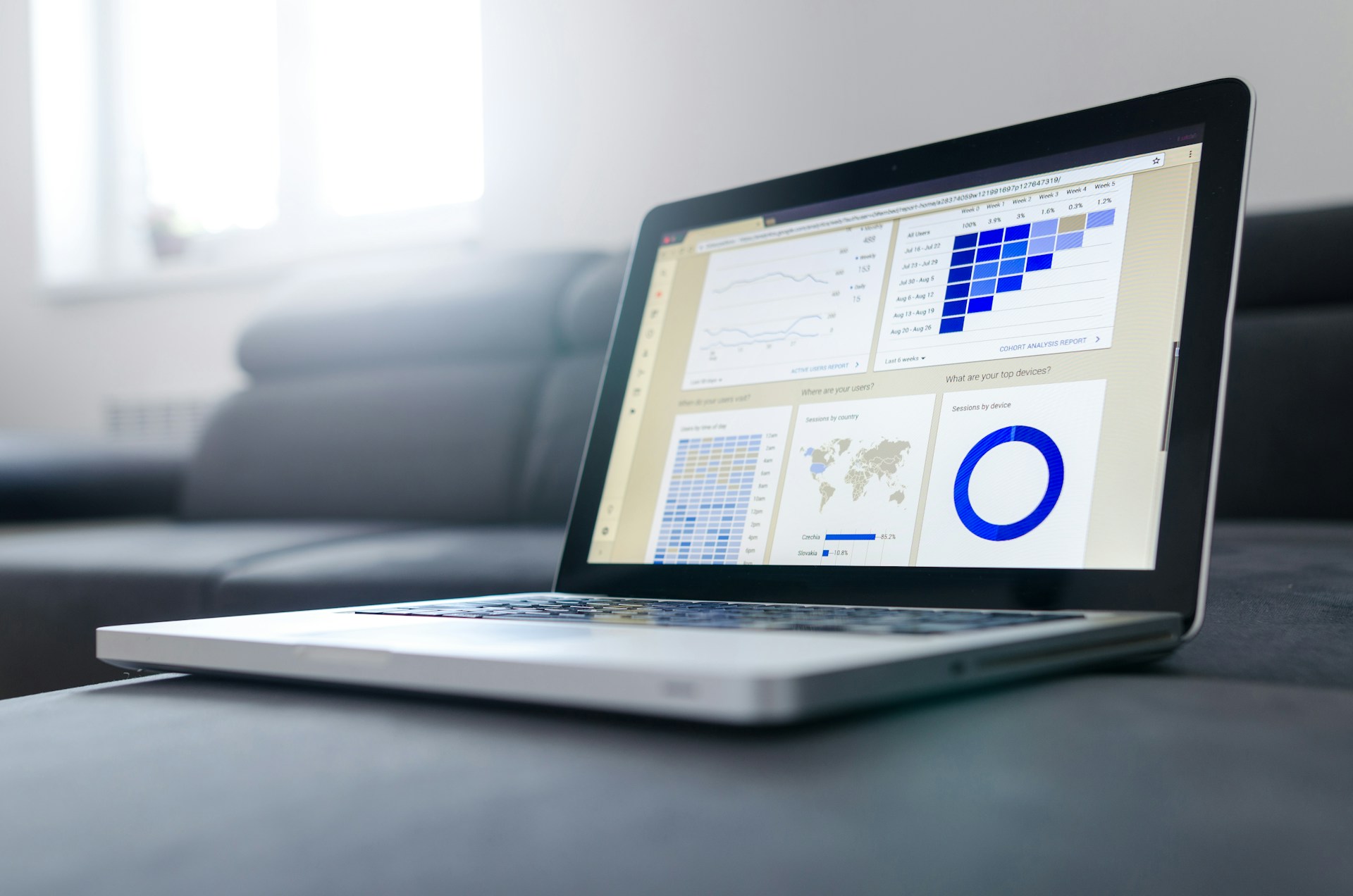In today’s digital age, social media analytics are essential for understanding consumers’ online behaviour and trends. This information can be harnessed effectively to create business strategies that target specific audiences and their specific needs. More importantly, real-time tracking of social media trends can provide businesses with an edge in terms of responding swiftly to changes in consumer sentiment and behaviour. As such, the demand for a robust, real-time social media analytics platform is greater than ever.
The role of Artificial Intelligence (AI) in this scenario is pivotal. AI can be used to develop an advanced platform that not only tracks and analyses social media data but does so in real-time. This article will guide you on how to develop such an AI-powered platform.
Also to read : What are the best practices for securing AI models in federated learning environments?
Understanding the Concept of Social Media Analytics
Before you embark on this journey, it’s important to have a firm understanding of what social media analytics entail and why it’s significant. Social media analytics is a process of collecting data from social media platforms and analyzing it for decision-making purposes. The data collected can include anything from user-generated content, to demographic information, to data on how users interact with your website or app.
The purpose of social media analytics is to generate insights that you can use to inform your business strategies. These insights can help you understand your target audience, improve your products or services, find new business opportunities, and more.
Topic to read : How to integrate AI with blockchain for secure supply chain management?
Incorporating AI into Social Media Analytics
Artificial Intelligence can be a game-changer for social media analytics. It can automatically collect and analyze large amounts of data, identify patterns and trends, and even make predictions about future behavior. Incorporating AI into your social media analytics platform will allow you to process data at a much faster rate and provide real-time insights.
The first step to incorporating AI into your platform is to identify the tasks that the AI will be responsible for. This might include data collection, data analysis, pattern recognition, and prediction generation. Once you’ve identified these tasks, you can then start to explore the different AI technologies that can help you accomplish them.
Choosing the Right AI Technologies
There are several AI technologies available that can help you develop your platform, each with its own strengths and weaknesses. For example, Machine Learning (ML) is a technology that allows computers to learn from data and improve their performance over time. This can be particularly useful for tasks such as pattern recognition and prediction generation.
Natural Language Processing (NLP) is another AI technology that can be invaluable for social media analytics. NLP allows computers to understand and interpret human language, making it ideal for analyzing user-generated content, such as posts and comments.
Finally, Neural Networks are a type of AI that simulate the human brain’s own neural networks, making them incredibly effective at processing large amounts of data and identifying patterns and trends.
Building the Platform
Once you’ve chosen the AI technologies you’re going to use, the next step is to start building your platform. This will typically involve several stages, including data collection, data processing, data analysis, and reporting.
The data collection stage involves gathering data from social media platforms. This can be done using APIs provided by the platforms themselves, or by using third-party data collection tools.
The data processing stage involves cleaning and organizing the collected data so that it can be analyzed. This will often involve removing irrelevant or redundant data, dealing with missing values, and converting the data into a format that can be processed by your AI technologies.
The data analysis stage involves using your chosen AI technologies to analyze the processed data and generate insights. This might involve identifying trends and patterns, making predictions, or even generating recommendations based on the data.
The reporting stage involves presenting the results of your analysis in a clear and understandable way. This might involve creating dashboards or reports, or even integrating the results into your existing business processes.
Maintaining and Improving the Platform
Developing the platform is just the first step. Once it’s up and running, it’s important to continue maintaining and improving it to ensure that it continues to provide accurate and useful insights. This can involve regularly updating the platform to incorporate new data, tweaking the AI algorithms to improve their performance, and continually testing and refining the platform to ensure it’s providing the best possible results.
Developing an AI-powered platform for real-time social media analytics is a complex task, but with the right approach and the right technologies, it can provide invaluable insights that can help drive your business forward. By following the steps outlined in this article, you’ll be well on your way to building a platform that can keep you ahead of the game in the ever-changing world of social media.
Evaluating the Performance of Your AI-Powered Social Media Analytics Platform
In the process of creating an AI-powered social media analytics platform, evaluation is an integral part. Continuously assessing the performance of your platform helps to ensure its efficiency and effectiveness. Evaluating the platform involves measuring the accuracy and relevance of the insights generated by the platform.
One way to evaluate the performance is by using quality metrics. These metrics could include the accuracy of the predictions made by the platform, the relevancy of the insights generated, and the speed at which these insights are produced. For instance, if your platform is generating insights that are consistently accurate and relevant to your business needs, it’s a good indicator that the platform is performing well.
Another method is to carry out A/B testing. This involves comparing the results generated by your platform with those generated by another platform or method. By comparing the results, you can determine which platform or method is providing the most accurate and useful insights.
User feedback can also be a valuable source of information when evaluating your platform. Users who interact with your platform can provide insight into its usability and the usefulness of the insights it generates. Their feedback can help you identify areas of improvement.
Finally, it’s important to keep up to date with the latest advancements in AI and social media analytics. New technologies and methods can provide opportunities to enhance the performance of your platform. By staying abreast of these advancements, you can ensure that your platform continues to stay competitive and effective.
Social media analytics play a critical role in shaping business strategies in the digital age. As social media platforms continue to evolve, so too must the tools we use to analyze their data. By leveraging the power of AI, businesses can create robust platforms capable of real-time tracking and analysis of social media trends.
However, developing an effective AI-powered social media analytics platform is not a simple task. It involves careful planning, incorporating the right AI technologies, building the platform, maintaining, improving and evaluating it. Each stage of this process is crucial and requires a deep understanding of both AI and social media analytics.
In a world where data is king, having a platform that can quickly and accurately analyze social media data can provide a significant competitive advantage. The insights generated by such a platform can help businesses understand their target audience, identify emerging trends, and respond swiftly to changes in consumer sentiments.
To conclude, the development of an AI-powered social media analytics platform could be the key to unlocking your business’s potential. It can provide invaluable insights that are crucial in decision making and strategizing, ultimately leading to a more successful and dynamic business. The future of social media analytics is here, and it’s powered by AI.











